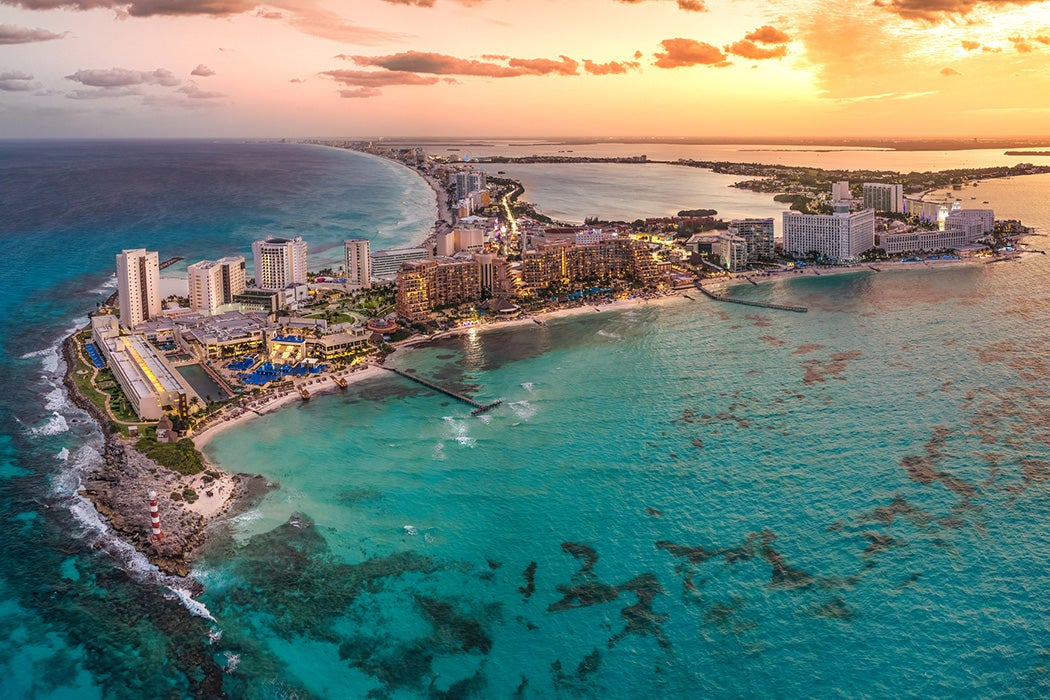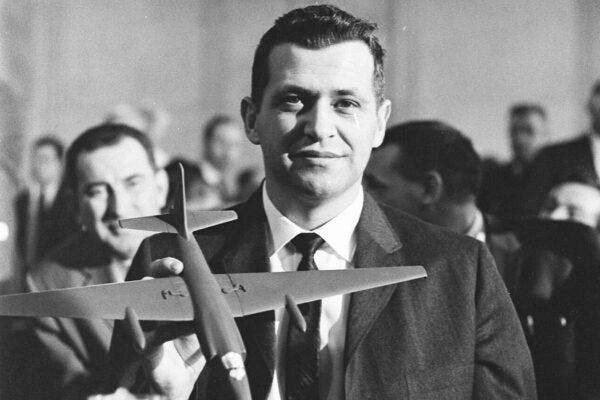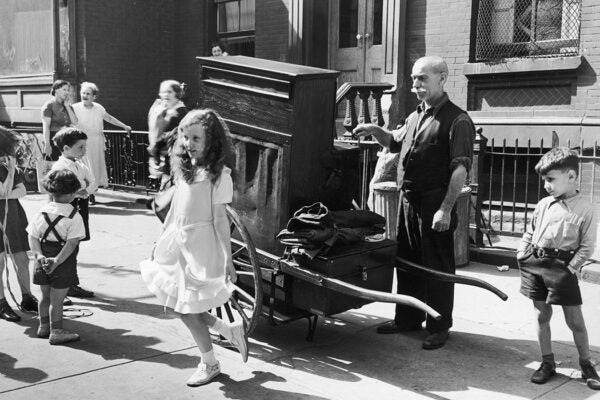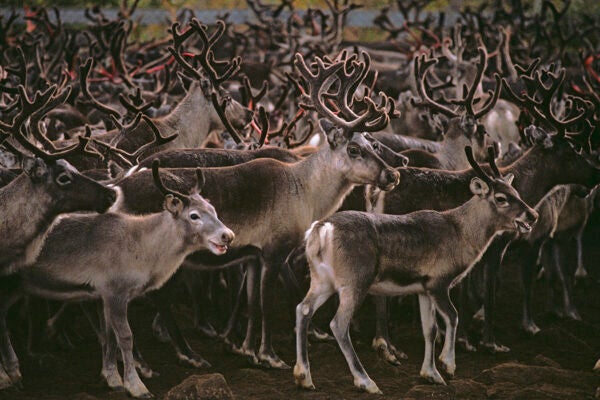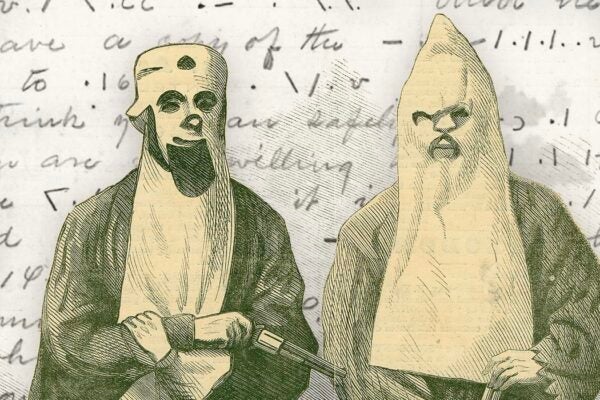The dawn of the 1970s was a turbulent time for the United States. The Vietnam War was raging. Student unrest at university campuses against the conflict was escalating while, in a freezing New York, gravediggers were on strike. If you wanted to escape the industrial action, the demonstrations, and the chill, then Mexico was a definite possibility—though if you had even heard of Cancún at that time (a highly unlikely prospect) then you would have probably known you needed to bring a tent with you for your winter vacation.
At the start of 1970, the population of this corner of the Yucatán Peninsula had, by many accounts, a population of precisely three, all caretakers of the coconut plantations that were one of the regions few sources of employment. What happened next was one of the most momentous controlled explosions of tourism that the Americas had even seen.
What was, at the dawn of the decade, an all but forgotten, sandy corner of a remote corner of Mexico, would soon become, as Rebecca Maria Torres, and Janet D. Momsen describe it in a 2005 edition of the Annals of the Association of American Geographers, something of a cautionary tale about tourism’s sometimes invidious, sometimes benign, potential:
“Cancun has become a simulacrum,” they write,
an artificial reproduction and representation of the Yucatan physical environment and Maya heritage manifest in a constructed physical and cultural landscape—and the result is Gringolandia, a dynamic “hybrid-space” in which elements of Mexican, American, and artificial Maya culture have been re-constituted for tourist consumption.
Planned, orchestrated, and initially paid for by the Mexican government, work on this “hybrid-space” began in earnest on the construction of nine hotels in Cancún in 1970; the first opened in 1974.
The region’s history, before the Spanish conquest in the early sixteenth century, was that of a stronghold of the Mayan people. European arrival, along with drought, internal wars, environmental degradation, and changing trade routes led to what M. Blanet Castellanos describes as a “settler colonial” narrative that extended into the late twentieth century.
“The Mexican government considered Cancún an attractive site to create a tourist pole because of its proximity to vast beaches, Maya archaeological ruins, and cheap Indigenous labor,” Castellanos writes in her chapter in The Transnational Construction of Mayanness: Reading Modern Mesoamerica through US Archives. Though the government
relied on the settler colonial narratives of terra nullius and imagined constructing a city populated by settlers, these settlers included mestizo settlers from Cancún’s middle class. In contrast, the guidebooks propagate a transnational Mayanness that is rooted in US settler colonial discourses of discovery, terra nullius, and whiteness. What we are presented with is a simple version of Maya culture and history, one that is infinitely consumable and nonthreateningly exotic.
The tourists came to the new, nonthreatening Cancún. And they came in large numbers. By the late 1970s, the allure of the powdered limestone beaches, thunderous surf, and cerulean sea was becoming a major draw for Americans. This came with consequences unforeseen by the government, as architect Mario Schjetnan explains in a 1977 issue of Landscape Architecture.
“The town grew from zero to 40,000 inhabitants in four years and is still attracting people at a fast rate,” he writes. And
in the middle of this rush, land uses and construction controls as devised by the planners—actually very rigidly—could not be preserved. Some families would buy a lot, start to build a house and convert the garage into a store, beauty parlor or restaurant. Others who came as carpenters, masons, etc., would become established definitely and at once their wives and family would start an improvised store, restaurant or shop.
In the same issue, Felix Sanchez pontificates on the cohesion of Cancún’s urban design thread, or lack of it, in the fast-growing resort city.
“Thus far no urban design system is ordering the development,” he argues. It wasn’t a loss cause, however. Cohesion and order
can be achieved in subsequent stages, making a more expressive and visually coherent urban form, giving a sense of place. In this way both the natural world and artificial world at [Cancún] will make it the place to be. Today, without this urban frame-work, the hotels do not relate. They come in every shape: highrise, lowrise, rectangular, circular, etc., a noiseless session of individuality. In short, environmental planning is good, urban design ambiguous and architecture rigid and pretentious.
Whether this perceived “wrong” has been righted in the intervening half century is debatable. Equally debatable is the capacity of the culture and infrastructure of Cancún to both adequately house the Mayan community and tourists and whether the fear of losing tourism dollars is creating a resort space where political expression is, subconsciously at least, discouraged.
Weekly Newsletter
Heather Hawn and Jennifer Tison explore this tension in a 2010 issue of Latin American Perspectives.
“Outside the central tourist district in Cancún there were displays of party affiliation and political posters, but once inside the central tourist all these elements disappeared,” they note during site visits made in 2009 and 2010. The absence of political displays was “especially noteworthy” to them since Mexico was just
a few months away from hotly contested elections. Interviews revealed that protests were rare in Cancún and [I]ndigenous groups and other political organizations tried to avoid overt institutional or extrainstitutional behavior in the tourist district because “Mr. Cancún” delivered an invaluable stream of revenue. Interviewees also reported that neighbors and community members were quick to discourage disruptive extrainstitutional behaviors as potentially damaging to Cancún’s reputation and upsetting to tourists.
It wasn’t (and isn’t) just Cancún that has been transformed since those pioneer days of the early 1970s. The migration of labor from Mayan villages in the Yucatán region, and the flow of money earned in Cancún back to rural areas of the state, mean that the concentric ripples caused by this creation of this vacation hub have continued to expand with each generation.
“The birth of the tourist industry in [Cancún] and the consequent out-migration of Maya peasants reinforce the liminality that this southern border area has had in the creation of Mexico as a nation state,” writes Alicia Re Cruz concludes in her 1996 analysis of tourism in the city. Cancún
has been transformed into a multiethnic composition where the local Maya, the national ethnically diverse Mexicans, and the international tourists together transform and recreate new identities. This contemporary tourist landscape…challenges traditional views which saw Maya involvement in modernization processes as a way to lose the signs of their ethnic identity.
In this sun-scorched corner of Mexico, it’s not just holidays, then, but also identities that are continuing to be created and created again.
